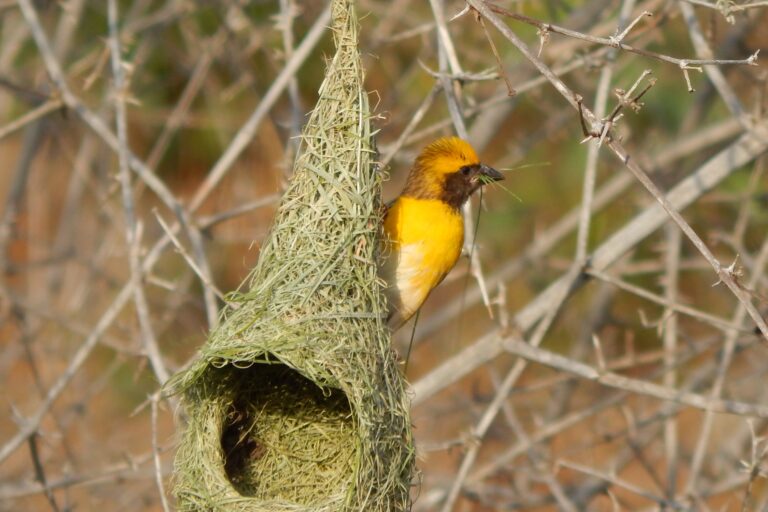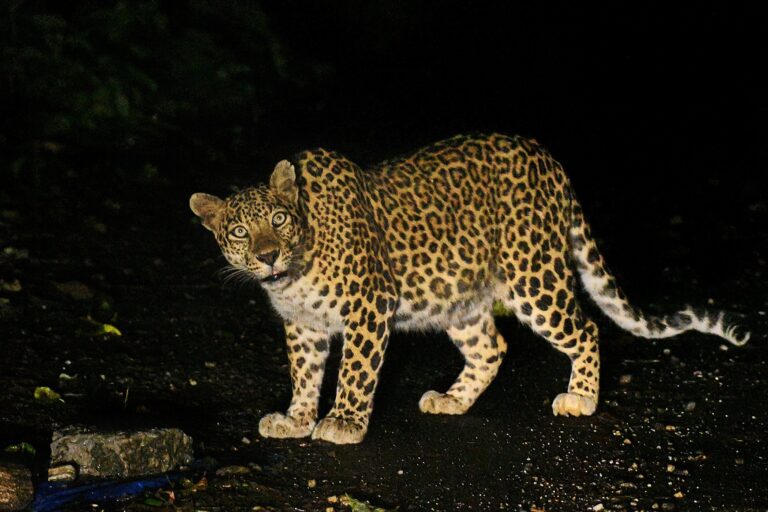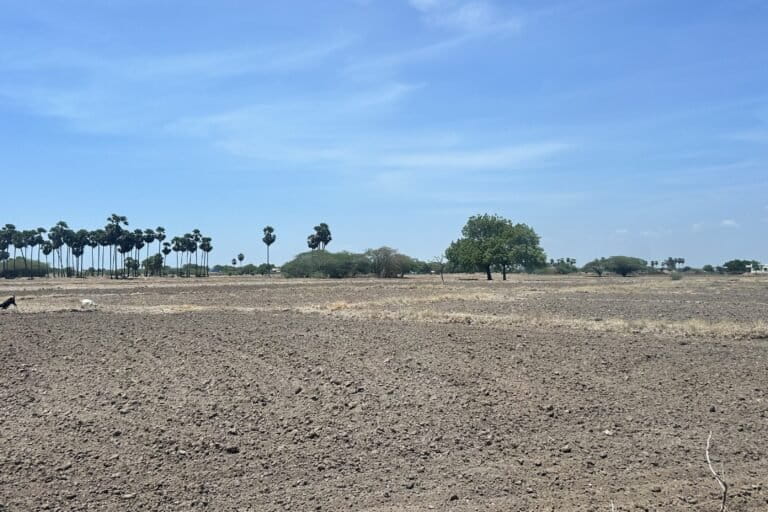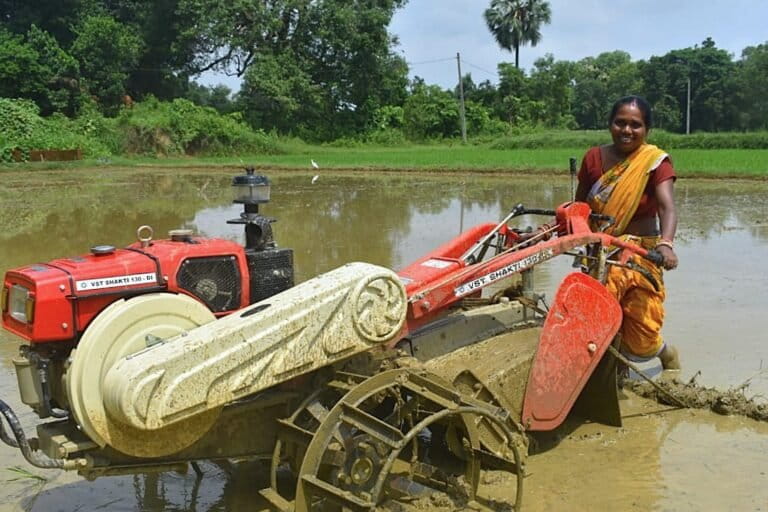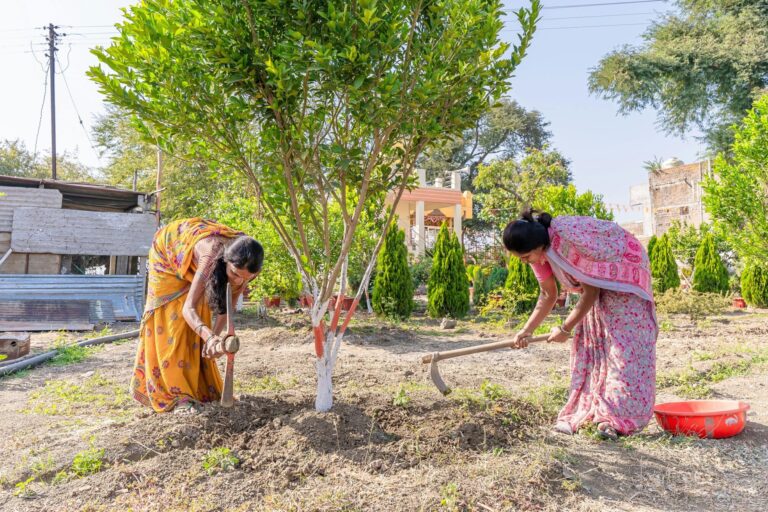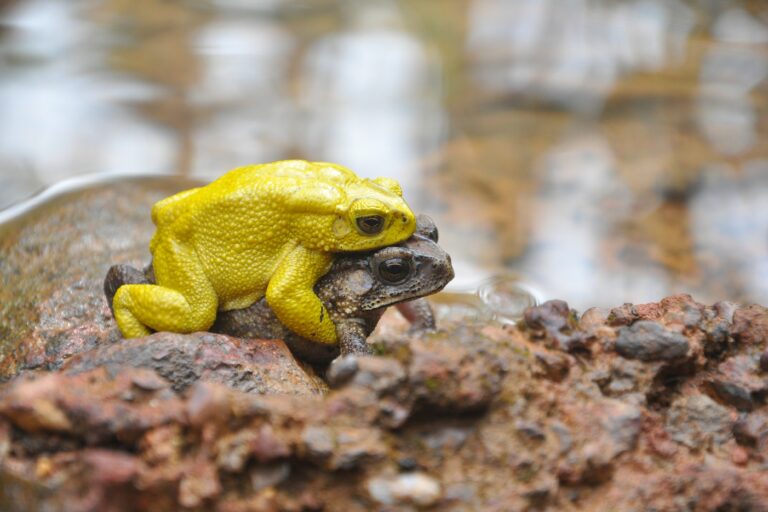- Cyclone Tauktae, the fifth strongest storm to hit the Arabian Sea since 1998, hit the west coast of India over four days from May 14 till it made landfall on May 17, 2021.
- The cyclone took at least 91 lives, damaged thousands of houses, boats and state infrastructure in Kerala, Karnataka, Goa, Maharashtra and Gujarat. As many as 45 workers of the ONGC barge off the Mumbai coast are still missing, and a group of 16 fishers has been missing off the Kanyakumari coast.
- As tropical cyclones become more common on the west coast, experts warn that the coastline, due to built-up infrastructure and skewed economic policies, is vulnerable to severe destruction.
- The impact of the cyclone was more localised than regional, say experts, on account of it being a pre-monsoon cyclone occurring at a time when the ground has a good water holding capacity.
“There were about 25 boats parked in one place. The tide was so high and the wind so powerful that they crashed into one another and broke. And when I say broke, I mean they were splintered, shattered into pieces. Nothing left,” said Kiran Koli, a fisher based in Madh Island, northern Mumbai, describing the impact of Cyclone Tauktae that wheeled through the western coastline last week.
As the country reels through a second wave of the coronavirus pandemic with the official death toll at over three lakh (300,000), 2021’s first pre-monsoon cyclone barrelled its way across the west coast over four days last week. Starting from the morning of May 14, when a depression began to form in the Arabian Sea near Lakshadweep, it travelled north, causing heavy rainfall, gusts of up to 230 kmph, and huge storm surges of nearly three metres impacting the coastal districts of Tamil Nadu, Kerala, Karnataka, Goa, Maharashtra and Gujarat as it intensified into an extremely severe cyclonic storm till it made landfall on the evening of May 17 between Porbandar and Mahuva in Gujarat.
KS Hosalikar, Head and Scientist-G, Surface Instrument Division, Climate Research and Services division at India Meteorological Department (IMD) Pune, and has over ten years of operational experience at IMD Mumbai says the cyclone is notable for being the “longest travelling cyclone” on the west coast. “We were generating a three-hourly bulletin. On the 16th it remained a very severe cyclonic storm for a long time, barely about 200km away from the coast as it ran parallel to south Goa till Ratnagiri in Maharashtra. It became an extremely severe cyclonic storm on the 17th when the core winds went up to 200kmph. It passed away from Mumbai, about 180 km away, and made landfall on the 17th evening,” he explained over a telephonic conversation.
This is the fourth consecutive year since 1980 when satellite records became available that the Arabian Sea is witnessing a pre-monsoon cyclone. With a maximum sustained wind speed of 180kmph gusting up to 210 kmph, a NASA report says it is equivalent to a category 3 or 4 hurricane. This makes Tauktae the fifth-strongest storm observed in the Arabian Sea since 1998. Climate scientists squarely attribute the rising frequency and intensity of tropical cyclones to rising sea surface temperatures in the Arabian Sea.
Tauktae’s impact is still unravelling. At least 91 people have died across the west coast, many are still missing, thousands of trees have been uprooted and electric poles damaged, many parts of states have gone without electricity for nearly 100 hours, there has been heavy destruction to infrastructure of states and many people in the low-lying areas have had to be relocated. There have been reports of localised flooding in parts of Kerala, storm surges destroying fishing boats that were docked at harbours in Maharashtra and Gujarat, heavy rainfall and strong winds have blown away the roofs of hundreds of houses damaging them in parts of Goa, Maharashtra and Gujarat. Cracks have appeared, exposing a vulnerable coastline. According to Manju Menon, senior fellow at Centre for Policy Research, the people of the west coast cannot rely on historical memory or state capacity to deal with the impact of such intensity.

Cyclone destroys health infra, vaccination drives disrupted
The cyclone further exacerbated an already stressed situation for states suffering because of the pandemic. Goa, for example, is witnessing a high positivity rate of the virus in the country, where 35 out of every 100 people are being tested positive. The state has run into trouble for being unable to secure a steady, crucial oxygen supply, resulting in untimely deaths. A newly commissioned super speciality block at the state’s premier Goa Medical College showed water leakage with a collapsing roof in the aftermath of the cyclone. The block, opened this month, was also a COVID ward. While a major vaccination centre was damaged in Mumbai, ongoing vaccination drives came to a halt in parts of Goa, Gujarat and Maharashtra, according to reports.
ONGC workers, fishers at sea and on docks dead and missing
A major search and rescue operation was launched by the Indian Navy and Indian Coast Guard when three barges of Oil and Natural Gas Company (ONGC), off the Mumbai coast, went adrift offshore in the aftermath of the cyclone. While 186 out of 273 workers have been rescued, 67 bodies of crew members were recovered on the site. In a first-person account narrated to the Indian Express, a survivor onboard the barge explains how the workers had no idea what was going on till the very last minute. It is unclear why the barges were still working in the event of an expected cyclone.
Though fishers across the west coast fared slightly better than previous times, because they had received a weather warning from the IMD well in advance, and had brought their boats back in time, there is still a boat with 16 fishers missing off the coast of Kanyakumari, Tamil Nadu. According to a letter by the South Asian Fishermen Fraternity (SAFF), the boat had gone for hook-and-line deep-sea fishing on May 5. Attempts to communicate after May 13 failed. “They had a wireless communicator that works under normal conditions for upto 25 nautical miles,” said Father Churchill, general secretary of SAFF. A search and rescue mission was launched on May 20 by the Indian Coast Guard, and the search is ongoing.
Meanwhile, three fishers from Kerala were rescued by the Indian Coast Guard, just off the coast of Mangalore. The boat had an engine failure while at sea.
At the docks, Kiran Koli from Madh Island, Mumbai reported that fishers were busy trying to keep the water out of the boats. Five fishers got stuck trying to get the water out of their boats. “They managed to rescue four of them with boats. One died,” said the fisher and general secretary of the local fishermen association, Maharashtra Macchimar Kruti Samiti. In Madh Island alone, he added, at least 70 boats have been completely damaged. There are reports of boat and net damage throughout the west coast.
“We really need decent compensation for our damages,” says Koli. “If a boat has cost us Rs. 25 lakhs (Rs. 250,000), we cannot accept compensation of Rs. 2500. We expect our government to do better,” he said. The fishing industry has not reported a good season this year thus far, with lowered catch being reported, exports to China halted, COVID-19 induced lockdowns and now cyclones affecting their fishing days. The industry is speculating massive losses this year.
“In my entire life, I have not seen a storm like this. The waves were three metres high! I saw one cyclone like this back in 1979 when I was in school, and about a hundred trawlers sank in our area. Nothing since then, till now,” said Koli.
“The Arabian Sea is supposed to be a quiet guy as compared to the Bay of Bengal,” says Hosalikar of IMD. “For every disturbance in the Arabian Sea, you see four in the Bay of Bengal. But the last few years have been slightly different. We have witnessed more disturbances in the Arabian Sea,” he said.
Cyclone impact more localised than regional, say experts
Tauktae’s impact, says Raj Bhagat, a geo-analytics expert at World Resources Institute India, was more localised than regional. This means that one river flooding did not spill over to another river flooding. “This happened because of the timing of the cyclone. It was a pre-monsoon cyclone that occurred in the summer season – the dams were not already full, the ground had a higher water holding capacity,” he told Mongabay-India. “So when water levels rose in rivers of southern Kerala, the rivers of northern Kerala remained flood free and vice-versa as the cyclone system moved towards the northern latitudes. Even though urban flooding events happened, the scale of it was lesser,” he said. He further added that if a cyclone of this intensity, or even a lower intensity happens in the monsoon months, it would leave a much bigger impact.
Experts add that the impact of this was felt in areas that are already vulnerable, and the vulnerability is because of man-made factors. Chellanam village, for example, a narrow stretch of land between Kochi and Allepey in Kerala, is a marshy wetland and used to be a mangrove forest 40-50 years ago, said Basheer K.K. of Centre for Water Resources Development and Management (CWRDM), Kerala. “But now the mangroves, which are the best line of defence against cyclones, are degraded. There is a lot of construction in the area. So villages such as Chellanam and neighbouring areas saw a lot of inundation of water,” he said. He added that there was no organised evacuation done due to COVID. Earlier year shelter houses were set up at church and community houses, but this time even churches also got affected by flood inundation.
Cyclone exposes a vulnerable coastline
Climate change has made new locations vulnerable. Manju Menon of Centre of Policy Research said the west coast is so built up and developed because they do not have a history of being impacted by cyclones. “These places are now vulnerable because they are not prepared to tackle climate change events. Unlike the east coast, land use here is intense, so the impact will also be intense,” she said.
AJ Vijayan, an environmentalist and former secretary of the National Fishworkers Forum says that it is the construction of harbours and sea-walls and groynes and activities such as sand extraction that are making the coast of Kerala more and more vulnerable to climate change events. “These structures are built, the coastline is eroded, what is there to protect us?” he asks.
Menon said that most discussions about climate change are related to the changes needed in the energy policies and the role of the use of fossil fuels. There is little understanding of the role of infrastructure. “In these times, the central government is aggressively pushing port-led development as a national infrastructure policy. New and expanded old ports are set to become hubs for economic activities. Sagarmala is very much like the controversial special economic zone policy, with even larger infrastructure being proposed all along the Indian coasts,” she said.

“We can safely assume that there will be more such cyclones affecting the west coast,” said Menon. This region has several nuclear power plants, chemical industry corridors, and other large infrastructure that can leave lasting, disastrous impacts beyond those of the cyclones. “We must radically rethink coastal development,” she added.
Banner image: Local MLA visits damaged site at Madh Island. Photo by Kiran Koli.







